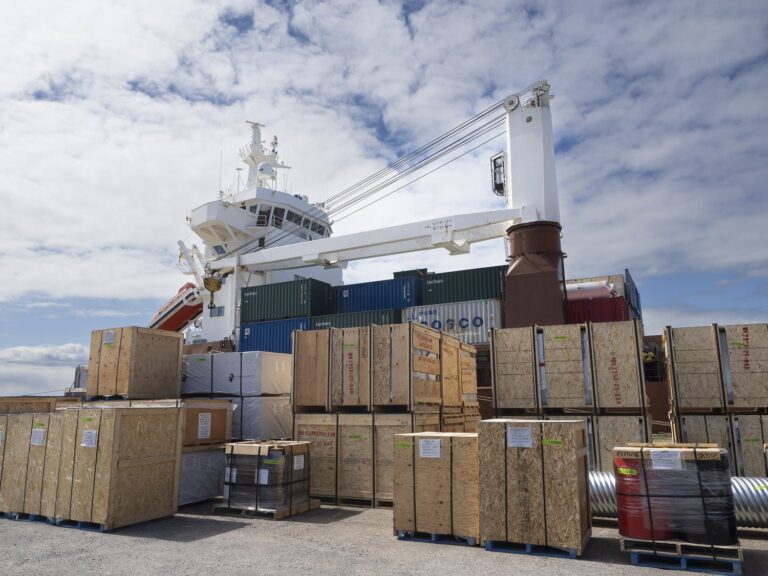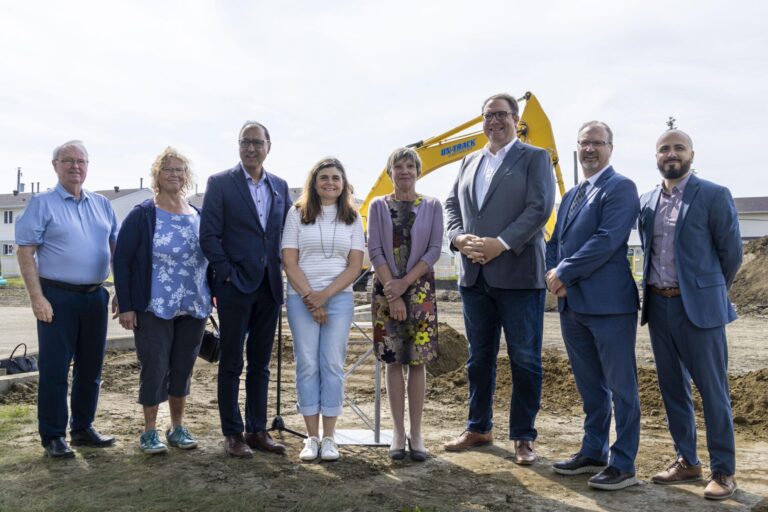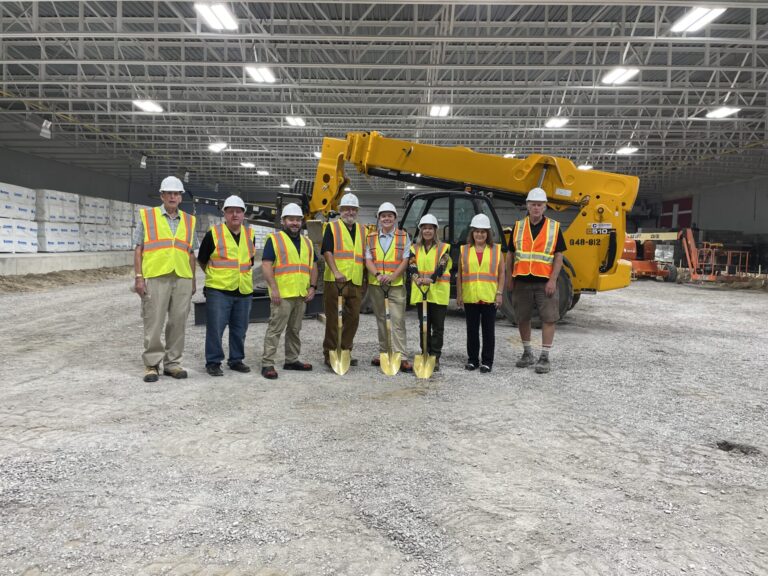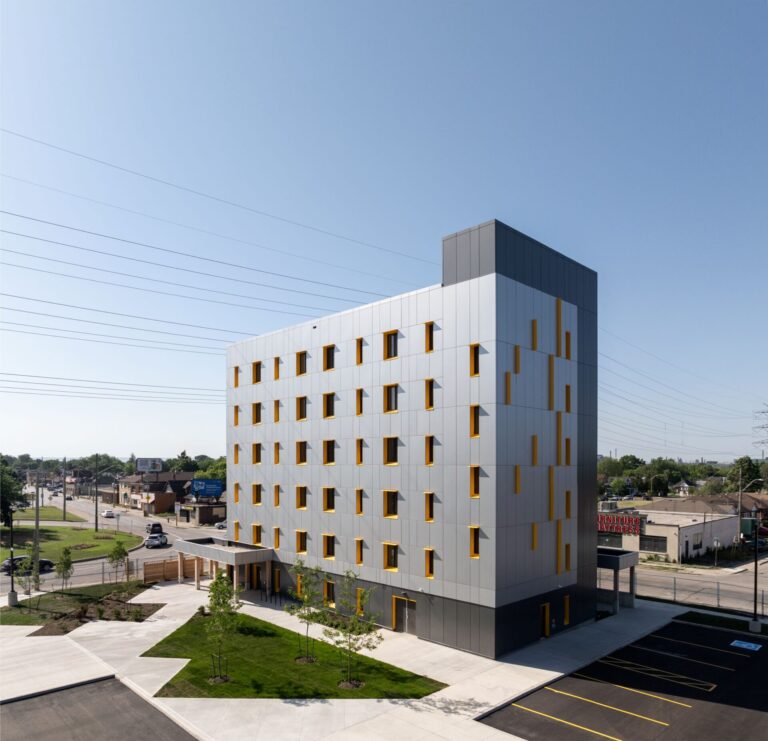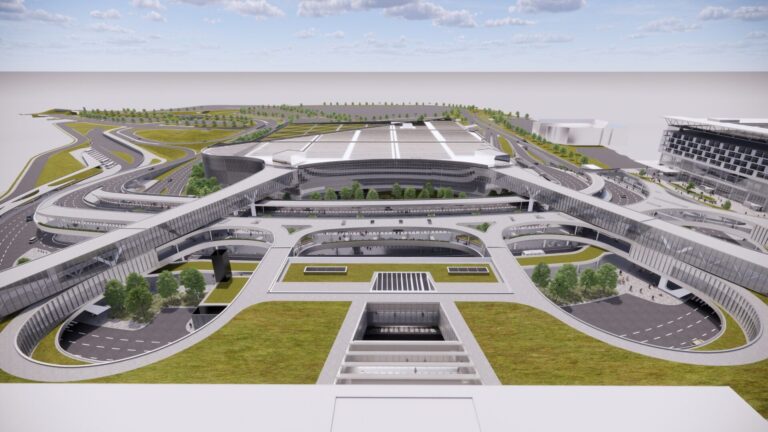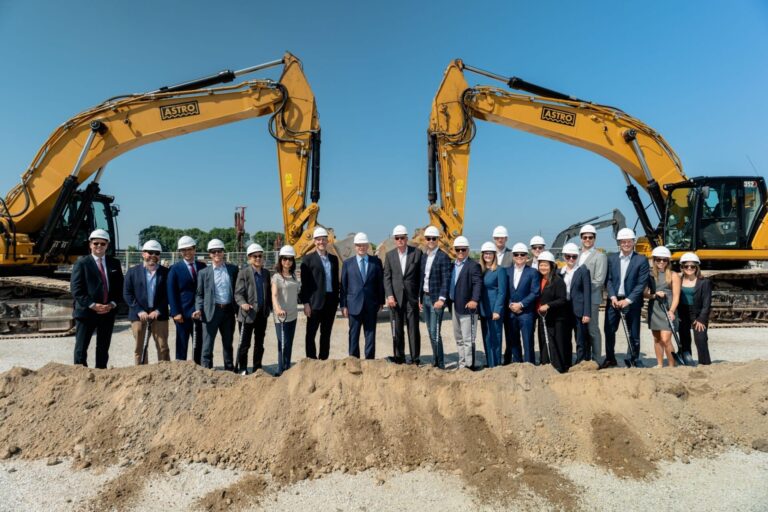Canada’s construction sector continues to perform at an elevated level following the COVID-19 pandemic, according to BuildForce Canada’s latest forecast report.
Strong levels of investments by governments across the country have helped to stimulate the economy, demand for housing remains high, and private-sector entities continue to invest in construction. These factors combined in 2022 to increase total construction investment levels by 3% over the record high recorded in 2021.
The report ( 2023–2032 Construction and Maintenance Looking Forward national forecast ) finds that construction activity will step down from its 2022 peak, with contractions projected for 2023 and 2024. The contraction is brief, however. Growth is poised to resume by 2025, and by 2032, total investment should increase by 1% over 2022 levels. These numbers are based on existing known demands and do not take into account the federal government’s goal to double the number of new homes built across Canada over the next 10 years, nor the anticipated increase in demand for construction services related to the retrofit of existing residential, industrial, commercial, and institutional buildings to accommodate the electrification of the economy.
“The construction sector saw another strong year of growth in 2022, with overall employment growing further beyond pre-pandemic levels,” said Clyde Scollan, chair of BuildForce Canada. “More than 1.5 million Canadians, or about one in every 13 working people, now works in the industry. The challenge now is how to manage demands, given an aging labour force. Employment has been growing faster than the labour force in recent years. These trends combined to bring the industry’s national average unemployment rate to below 5% in 2022, with a record low of 2.4% achieved in July.”
Construction in the non-residential sector will continue to benefit from stronger levels of public-sector investment in an array of projects, including major transit, utility, and road, highway, and bridge projects in Ontario, British Columbia, Quebec, Nova Scotia, and Prince Edward Island, and strong demand for projects in the industrial, commercial, and institutional (ICI) sector in every province.
Employment in the non-residential sector is poised to grow almost continuously between 2023 and 2027, rising to a forecast peak of just over 600,000 workers, and by 2032, employment should be 4% higher than levels recorded in 2022, as a moderate contraction of 1% in engineering construction is more than offset by gains in the ICI and maintenance sectors.
Although construction employment varies year to year depending on investment levels, labour market conditions in 2022 were particularly challenging in Prince Edward Island, Ontario, British Columbia, New Brunswick, Nova Scotia, and Saskatchewan. These provinces experienced investment increases in both residential and non-residential construction segments.
“Although market pressures should ease in the residential sector in 2023 and 2024 as demand for new housing contracts in response to interest rates, activity in most provinces’ non-residential sectors could remain elevated well into the middle years of our forecast period, given the high volume of large projects currently underway in many regions of the country,” said Bill Ferreira, executive director of BuildForce Canada.
Construction markets expected to remain strong, despite a near-term contraction
Across the Atlantic provinces, construction activity is either at, or will soon reach, near-term peaks. The provinces’ respective residential sectors will initially contract before returning to growth between 2024 and 2026, with demand for renovation activity projected to remain elevated. Activity in the non-residential sector will fluctuate in line with various large-scale projects such as the refurbishment of the Mactaquac Dam in New Brunswick, the West White Rose redevelopment in Newfoundland and Labrador, and several civil and health care projects. Only Nova Scotia and New Brunswick are expected to report employment growth across the forecast period.
Construction activity in Quebec will be affected by competing factors. After reporting a strong year in 2022, the province’s residential sector is expected to decline across the forecast period, in line with lowering demand for new construction. Its non-residential sector will be supported in the short term by work on major projects in Montreal and Quebec City. Growth will fluctuate in later years as these works conclude.
Ontario’s construction market enters the forecast period at a time of significant growth. Although the pace of residential activity in 2023 and 2024 is projected to moderate from previous record highs, it nonetheless remains elevated and returns to growth in 2025. The non-residential sector continues to be driven by a large inventory of major infrastructure projects and a projected recovery in commercial-building construction. Unemployment should remain at or near record-low levels.
In Manitoba, non-residential construction activity has been bolstered by work on a series of infrastructure projects. These projects cycle up and down across the forecast period, alongside strong government investment and a rebounding commercial sector. As housing starts recede from recent highs, the renovation and maintenance sector is poised to become the dominant driver of residential employment in the province.
Saskatchewan’s construction sector should rise to a peak in 2027, sustained by strong growth in its residential sector post-2023, and new and ongoing manufacturing, utility, mining, school, and health care projects. A younger demographic is well positioned to replace retiring workers.
Alberta’s construction outlook is driven by competing pressures. The residential sector, and particularly its new-housing segment, faces a series of contractions through 2032. Strong gains in renovation activity should help to partially offset the anticipated declines. The non-residential sector, on the other hand, is projected to rise to peak employment by 2030 on the strength of ongoing major road and highway, health, education, commercial, industrial, and public-transportation projects, as well as growth in the oil and gas sector.
The outlook for British Columbia’s construction sector sees varying trends. The residential sector is expected to recover swiftly after 2024 as interest rates ease and the renovation sector expands. Meanwhile, activity in the non-residential sector will fluctuate with the ebb and flow of work on several major projects and is underpinned by growth in maintenance work.
“Labour markets in many provinces are experiencing tight conditions, so much so that it has become extremely challenging for companies to recruit workers from other regions or even from other provinces,” says Ferreira. “The situation is complicated by the anticipated retirement of older and experienced workers. Although younger workers are certainly capable and well trained, they lack the years of experience, skills, and knowledge of the older workers they are replacing.”
Featured image: (BC Construction)




